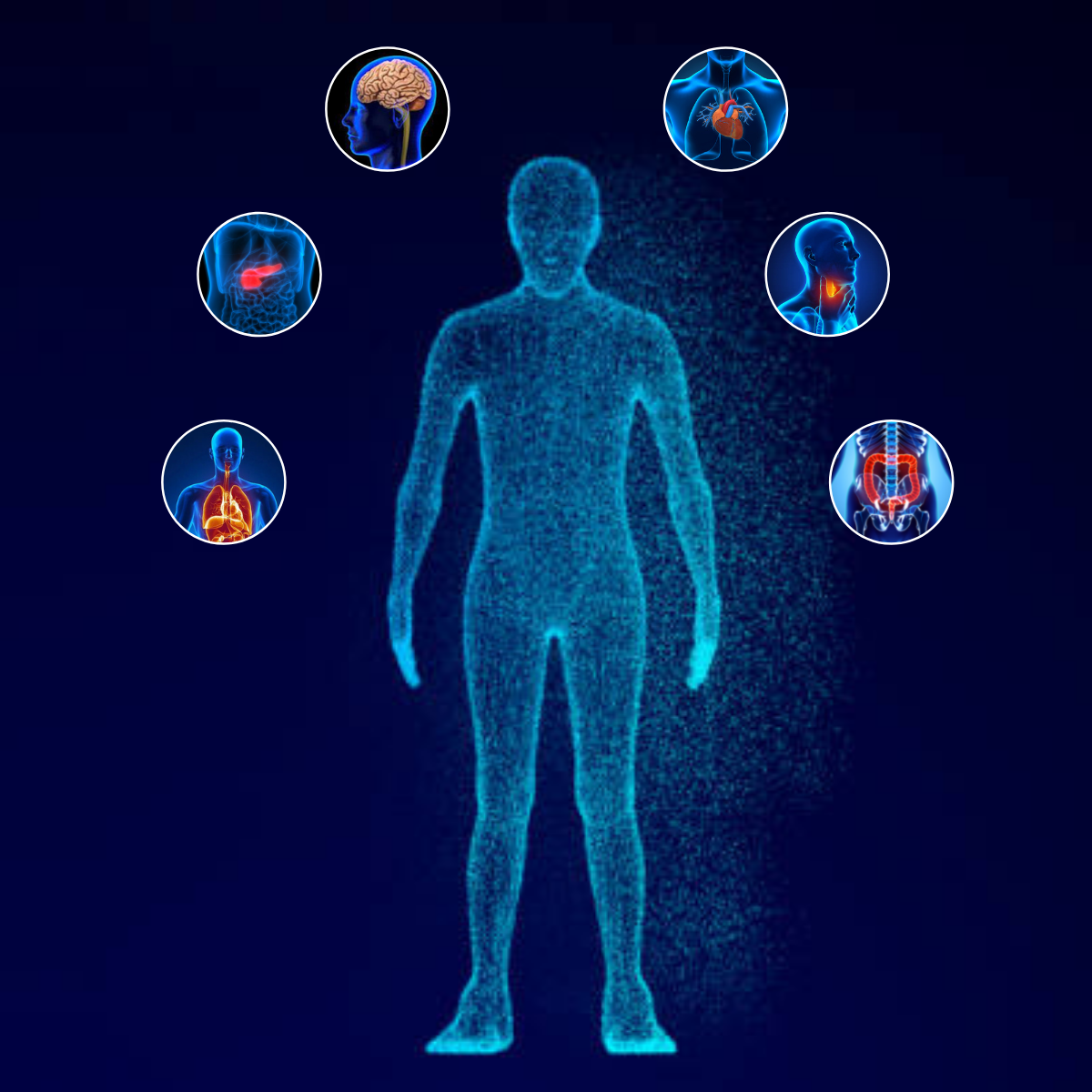Are you studying health or medical sciences, preparing for health-related careers, or simply keen to learn more about how our amazing bodies function in both health and disease. So in human anatomy and physiology provides an introduction to the anatomical structures and physiological functions of the human body.
Students enrolled in this course should realize that this course requires an extensive amount of time effort reading and memorization. Successful completion of this course requires dedication and commitment from the students
Human Anatomy and Physiology
1. Hemopoietic system
2. Lymph
3. Cardiovascular system
4. Respiratory system
5. Digestive system
6. Nervous system
7. Urinary system
8. Endocrine system
9. Reproductive system
10. Sense organs
11. Skeletal muscles
1. Hemopoietic system
1. Composition and functions of blood
2. Haemopoesis and disorders of blood components (definition of disorder)
3. Blood groups
4. Clotting factors and mechanism
5. Platelets and disorders of coagulation
2. Lymph
1. Lymph and lymphatic system, composition, formation, and circulation.
2. Spleen: structure and functions, Disorders
3. Disorders of the lymphatic system (definition only)
3. Cardiovascular system
1. Anatomy and functions of the heart
2. Blood vessels and circulation (Pulmonary, coronary, and systemic circulation)
3. Electrocardiogram (ECG)
4. Cardiac cycle and heart sounds
5. Blood pressure – its maintenance and regulation
6. Definition of the following disorders Hypertension, Hypotension, Arteriosclerosis, Atherosclerosis, Angina, Myocardial infarction, Congestive heart failure, cardiac arrhythmias
4. Respiratory system
1. Anatomy of respiratory organs and functions
2. Mechanism/physiology of respiration and regulation of respiration
3. Transport of respiratory gases
4. Respiratory volumes and capacities, and Definition of Hypoxia, Asphyxia, Dybarism, Oxygen therapy, and resuscitation.
5. Digestive system
1. Anatomy and physiology of GIT
2. Anatomy and functions of accessory glands of GIT
3. Digestion and absorption
4. Disorders of GIT (definitions only)
6. Nervous system
1. Definition and classification of the nervous system
2. Anatomy, physiology, and functional areas of the cerebrum
3. Anatomy and physiology of cerebellum
4. Anatomy and physiology of midbrain
5. Thalamus, hypothalamus, and Basal Ganglia
6. Spinal card: Structure & reflexes – mono-poly-planter
7. Cranial nerves – names and functions
8. ANS – Anatomy & functions of sympathetic & parasympathetic N.S.
7. Urinary system
1. Anatomy and physiology of urinary system
2. Formation of urine
3. Renin-Angiotensin system – Juxtaglomerular apparatus – acid-base Balanced) Clearance tests and micturition
8. Endocrine system
1. Pituitary gland
2. Adrenal gland
3. Thyroid and Parathyroid glands
4. Pancreas and gonads
9. Reproductive system
1. Male and female reproductive system
2. Their hormones – Physiology of menstruation
3. Spermatogenesis & Oogenesis
4. Sex determination (genetic basis)
5. Pregnancy and maintenance and parturition
6. Contraceptive devices
10. Sense organ
1. Eye
2. Ear
3. Skin
4. Tongue & Nose
11. Skeletal muscles
1. Histology
2. Physiology of Muscle contraction
3. Physiological properties of skeletal muscle and their disorders (definitions)




















































Danielle Acord
-
21 Nov 2025The Human Anatomy and Physiology course provides a comprehensive and well-structured exploration of the human body, making it an excellent foundation for anyone pursuing a career in healthcare, biology, or related fields. The curriculum typically covers all major body systems
Shahid Ali
-
16 Oct 2024This course provides a clear and detailed introduction to human anatomy and physiology. The instructor breaks down complex concepts like organ systems, cells, and tissues in a way that’s easy to understand, making it perfect for beginners or anyone looking to refresh their knowledge